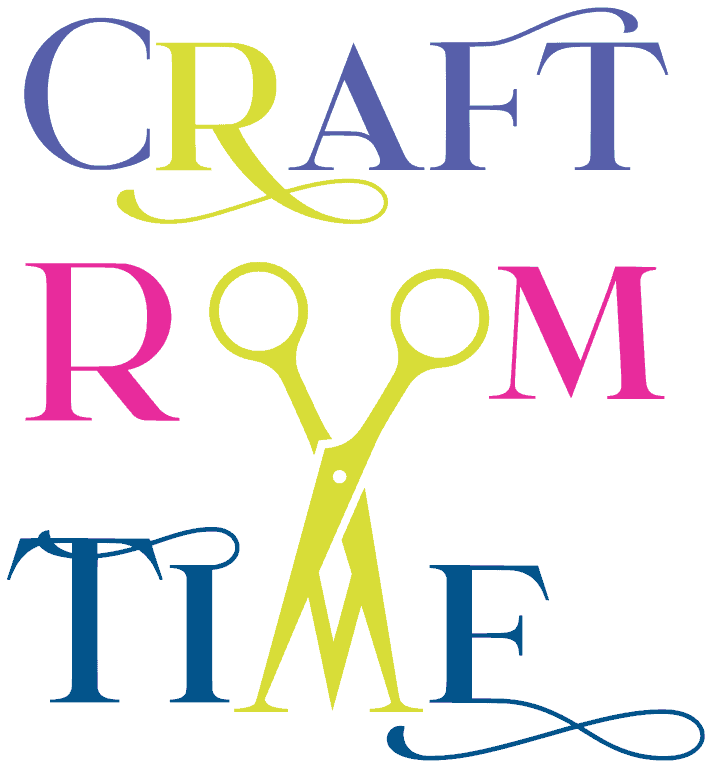Are you ready to take your Cricut machine to new heights of creativity by diving into the world of stencils? In this post, we’ll explore everything you need to know about creating and cutting stencils with your trusty Cricut machine. Get ready to unleash your imagination and embark on a stenciling adventure like never before. So, grab your favorite crafting tools and let’s get started on this comprehensive guide!
Section 1: Choosing the Right Materials for Stencils
Before diving into stencil creation, it’s crucial to select the right materials for the job. Opt for sturdy materials like plastic sheets, mylar, or stencil blanks that can withstand multiple uses. These materials ensure that your stencils are durable and can be easily cleaned between uses. Remember, stencils are meant to be reused, so investing in high-quality materials will yield excellent results in the long run.
Section 2: Designing Stencil Patterns in Cricut Design Space
Cricut Design Space is your gateway to a world of endless stencil design possibilities. Experiment with different fonts, shapes, and images to create unique stencil patterns. You can also upload your own designs or utilize ready-made designs from the Cricut library. Play around with the sizing, orientation, and layering options to customize your stencil exactly how you envision it.
Section 3: Customizing Stencil Sizes for Different Projects
One size does not fit all when it comes to stencils. Depending on your project, you may need to adjust the stencil size. Luckily, Cricut Design Space makes resizing a breeze. Whether you’re stenciling a small canvas or a large wooden sign, simply input your desired dimensions in the software and watch your stencil transform to fit your needs.
Section 4: Preparing Your Cutting Mat and Machine
Proper preparation ensures smooth and precise stencil cutting. Before loading your material onto the cutting mat, ensure that it’s clean and free of debris. Gently place the stencil material on the mat, ensuring it lies flat and smooth. Double-check that your Cricut machine is properly calibrated and ready for action. A little preparation goes a long way in achieving flawless stencil cuts.
Section 5: Setting the Right Cut Settings for Stencil Materials
Achieving crisp stencil cuts requires the right cut settings. Different stencil materials may require specific blade depths, pressure, and speed settings. Refer to the Cricut machine manual or the Cricut website for recommended cut settings for each type of stencil material. Don’t forget to perform a test cut before proceeding with your actual stencil design to ensure optimal results.
Section 6: Weeding Techniques for Stencil Success
Weeding—the art of removing the excess stencil material—is a crucial step in achieving clean and precise stencil designs. Use weeding tools like tweezers or a weeding hook to carefully remove the unwanted parts of the stencil. Take your time and work methodically to avoid accidentally pulling out any essential parts of the design. Precision weeding is the secret to stencil success!
Section 7: Applying Transfer Tape for Stencil Transfer
Transfer tape is a handy tool for transferring your stencil design from the cutting mat to your desired surface. Cut a piece of transfer tape slightly larger than your stencil design. Gently place it on top of the weeded stencil, smoothing it out to ensure a secure bond. Slowly peel off the backing, leaving the stencil attached to the transfer tape. Now you’re ready for the exciting part—applying the stencil!
Section 8: Applying and Using Stencils for Various Projects
Now comes the moment of truth—applying and using your stencils! Secure the stencil onto your chosen surface, making sure it lies flat and smooth. Use painter’s tape or stencil adhesive to keep it in place if necessary. Apply your preferred medium, such as paint, ink, or spray, to fill in the stencil design. Be mindful of the application technique and ensure even coverage. Once the medium is dry, carefully remove the stencil to reveal your stunning creation.
Section 9: Cleaning and Storing Your Stencils
To prolong the life of your stencils, proper cleaning and storage are essential. After each use, clean the stencil using mild soap and water or stencil cleaner, gently removing any residue. Pat it dry with a soft cloth or allow it to air dry before storing. Store your stencils in a clean, flat, and organized manner, ensuring they are protected from dust and damage. A well-maintained stencil collection will serve you for many crafting adventures to come.
Section 10: Taking Stencil Crafting to the Next Level
Congratulations, stencil master! You’ve mastered the art of stencil creation and cutting with your Cricut machine. But don’t stop there—take your stencil crafting to the next level by exploring advanced techniques and expanding your creative horizons. Here are a few ideas to inspire you:
- Layering: Experiment with layering multiple stencils to create intricate designs. Start with a base layer, then add additional stencil layers to add depth and complexity to your projects. This technique opens up a whole new realm of creative possibilities.
- Reverse Stenciling: Flip the stencil technique around by using the negative space instead of the positive design. Apply your medium over the stencil, and when you remove it, the surrounding area will be covered while the design remains untouched. This creates a unique and eye-catching effect.
- Mixed Media: Combine stencil techniques with other artistic mediums like collage, texture paste, or heat embossing. Play with different materials and experiment with various techniques to add dimension and interest to your stencil projects.
- Fabric Stenciling: Take your stenciling skills to fabric and create custom designs on T-shirts, tote bags, or home decor items. Use fabric paints, inks, or even fabric markers to bring your stencil designs to life on textiles.
- Custom Stencil Designs: Push your creativity further by designing your own stencil patterns in graphic design software. This opens up endless possibilities for personalized and unique stencil creations. Import your custom designs into Cricut Design Space and watch your visions become stenciling reality.
- Stencil Etching: Explore the art of stencil etching on glass or metal surfaces. Using specialized etching cream and your stencils, you can create beautifully etched designs on mirrors, glassware, or jewelry pieces. This technique adds a touch of elegance and sophistication to your stencil crafts.
And there you have it, fellow stencil enthusiasts! You’ve completed our comprehensive guide to creating and cutting stencils with your beloved Cricut machine. Armed with the knowledge of choosing the right materials, designing in Cricut Design Space, and perfecting your cutting and application techniques, you’re ready to unleash your creativity like never before.
Remember, creating and using stencils opens up a world of possibilities for a wide range of projects. Whether you’re adding unique designs to home decor, personalizing gifts, or sprucing up your crafting endeavors, stencils offer endless opportunities for artistic expression.
As you embark on your stencil journey, don’t be afraid to experiment, push boundaries, and let your imagination run wild. Embrace the joy of crafting and the satisfaction of seeing your stencil designs come to life. And should you encounter any hiccups along the way, refer back to this guide for troubleshooting tips and helpful advice.
Now, gather your materials, fire up your Cricut machine, and let the stenciling adventure begin! Your creativity knows no bounds, and with the precision and versatility of your Cricut machine, the possibilities are truly limitless.
Happy crafting!



